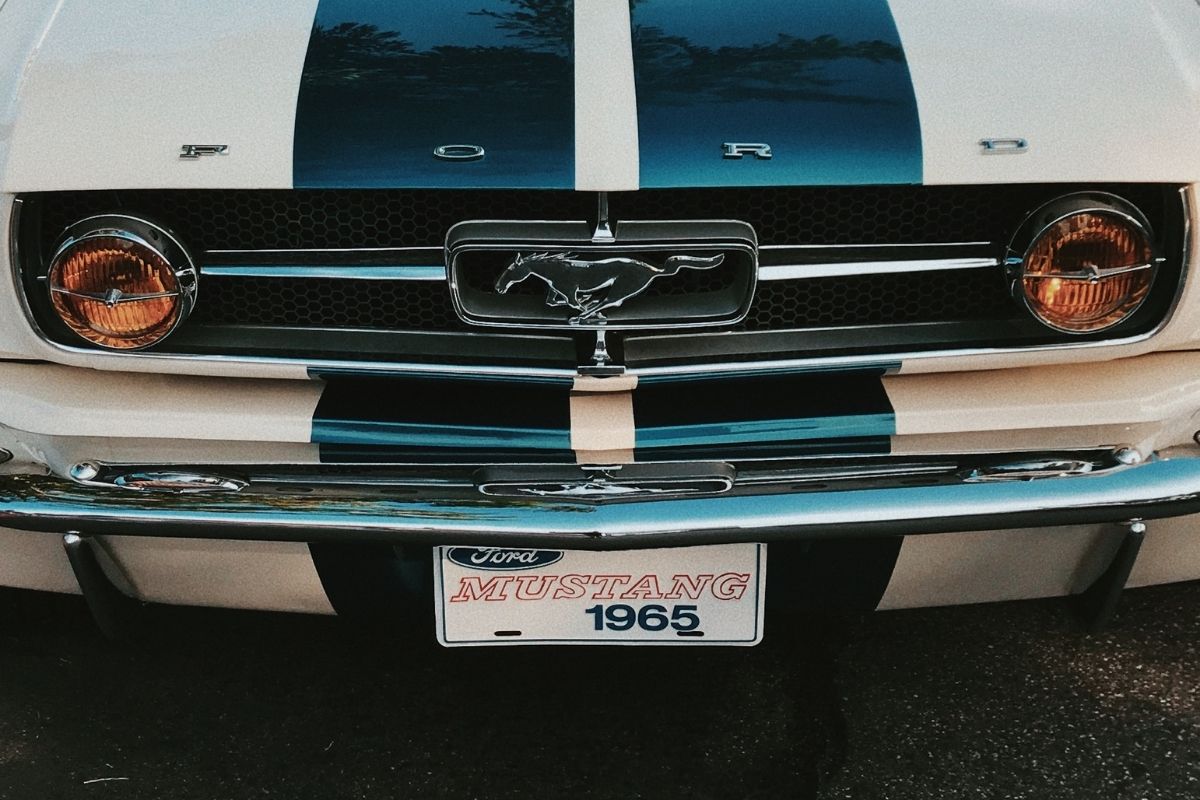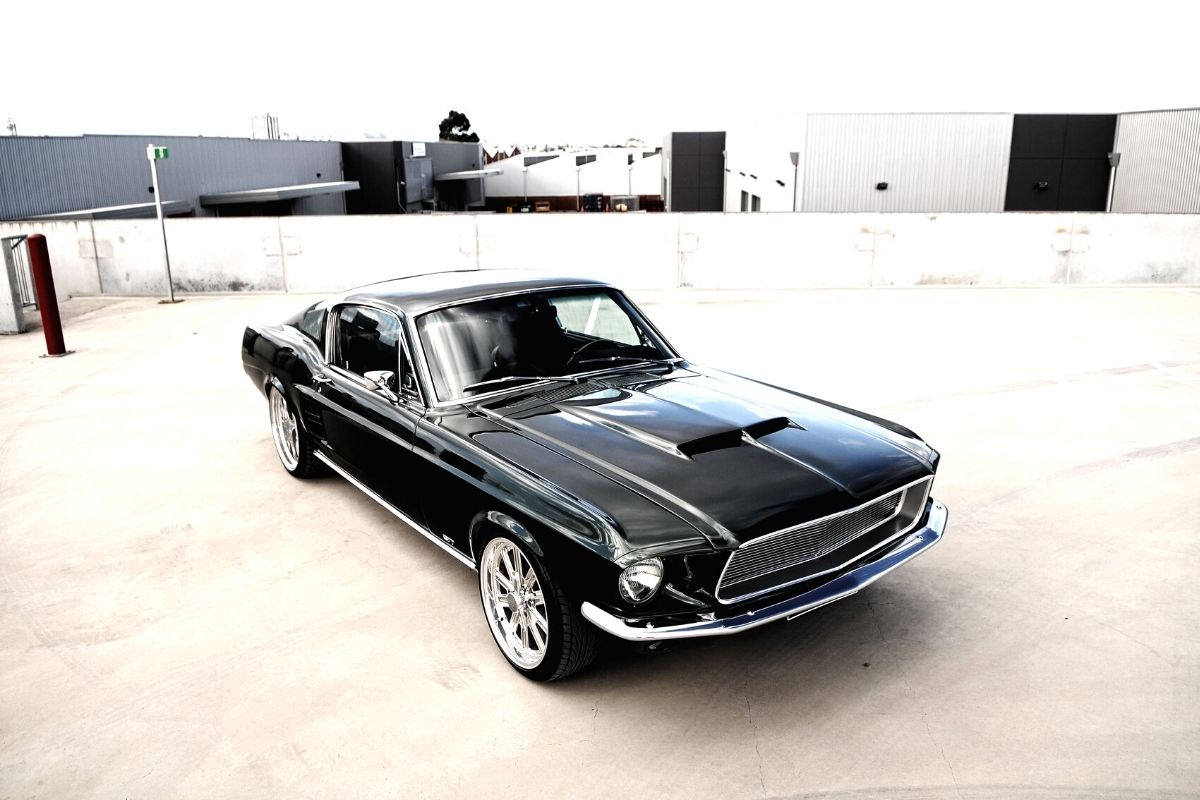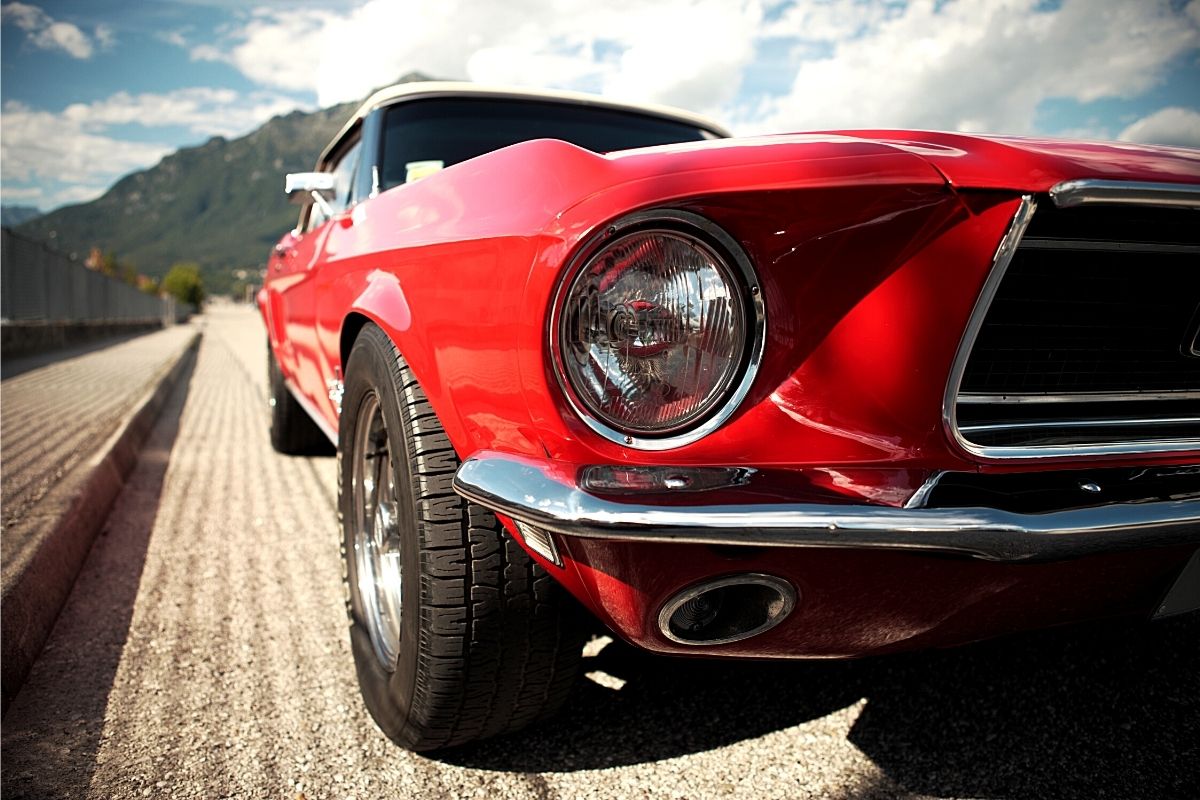You’ve probably heard of a muscle car, but have you heard of a pony car? Nowadays, we tend to lump all high-powered rear-wheel-drive cars from the 60s and 70s into the muscle car group, but some of those models were, in fact, pony cars. So, what are the differences, and why is it important? That’s exactly what we’re going to cover in this blog post!
The Emergence of the Pony Craze
The first true pony car was the Ford Mustang—that’s right, this was a pony car, not (technically) a muscle car. Of course, people nowadays refer to this as a muscle car but anyone that was in-the-know during this era would have seen a clear distinction between pony cars like the Mustang and muscle cars like the Ford Gran Torino.
The term “pony” actually comes from the Mustang itself. After the success of this model—with its compact size and raw engine power—other manufacturers soon followed suit. Chevy answered with the Camaro, Plymouth launched the Barracuda, Pontiac came out with the firebird, and Dodge introduced the Challenger. And so, the pony craze was underway!

What Is the Difference Between a Muscle Car and a Pony Car?
This question probably has many answers as there is no clear definition between the two. However, most enthusiasts agree that it comes down to size—both engine and chassis size.
Muscle cars came to the market with the introduction of the V8 engine—that all-American roar under the hood that was designed for speed and nothing else. They were built to go fast in a straight line, which is why they were so instrumental in the development of the drag racing craze of the 1960s and 70s.
Pony cars, on the other hand, could have engines smaller than a V8—usually a six-cylinder or a compact eight-cylinder engine. Later pony car models would, however, have V8 engines, so this definition is somewhat problematic. More reliable (although not totally accurate) is the chassis size definition. As a rule of thumb, any sports coupe with a wheelbase under 110 inches or less can be considered a pony car. Ultimately, they were built with the same focus on speed and power as muscle cars, but someone had also thought it might be a good idea to consider handling and agility. This made pony cars much more effective in urban environments where short bursts of speed and sharp cornering (often at high speeds) were needed.

Does This Distinction Matter?
Unless you’re a classic American car purist, this distinction probably doesn’t matter much, but it’s still important to note that there was much more thought that went into these vehicles and the types of people that were driving them than many people give credit for. Car manufacturers designed pony cars to offer people living in cities and large towns the same thrill that a muscle car gave to people living in the country, and they were an instant success! So, next time someone starts talking about Mustangs as muscle cars, you’ll know what defines them from models like the Dodge Charger or Ford Gran Torino!
If you’re lucky enough to have your hands on a muscle car or pony car of any type, JD’s is the place to visit for any maintenance or checks you may need. Give us a call: (215) 938-9270 to see how our experts can help you!




